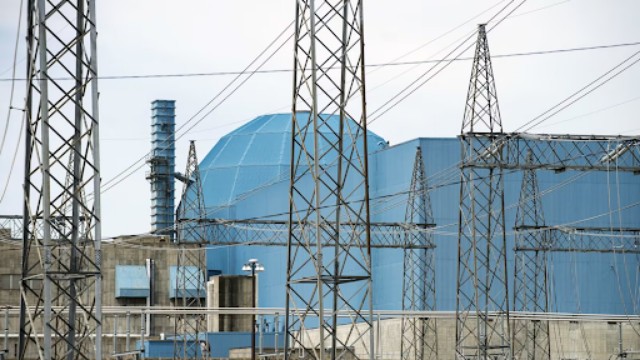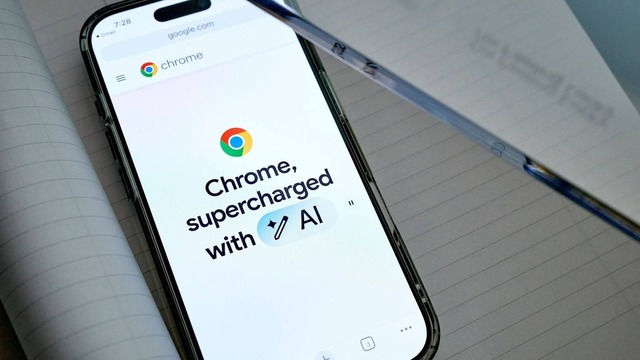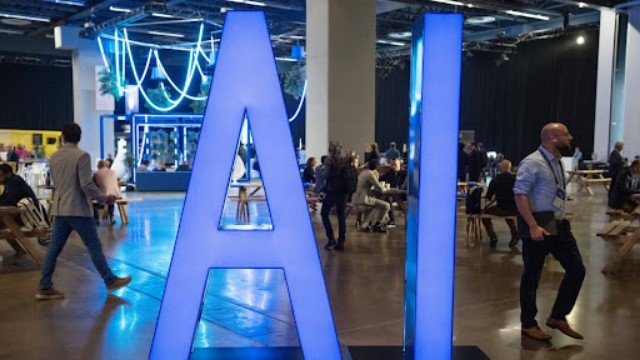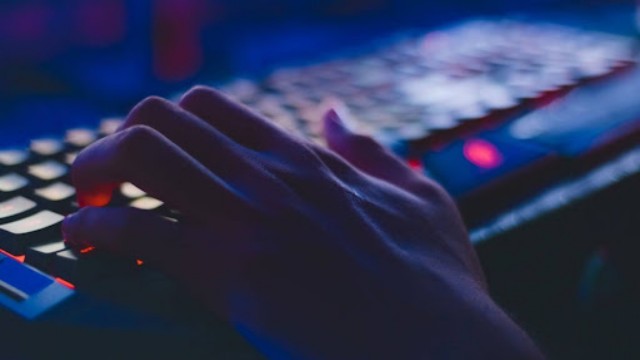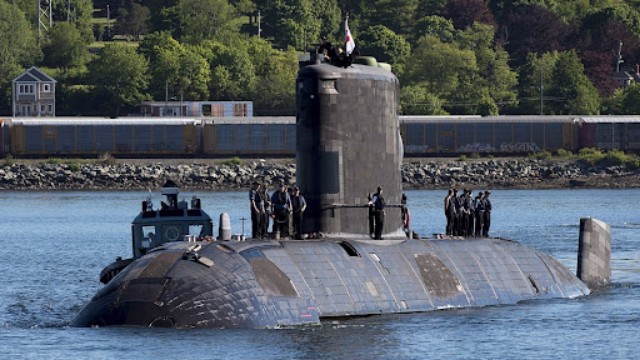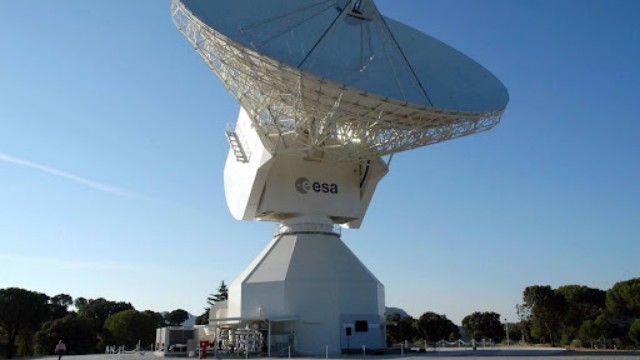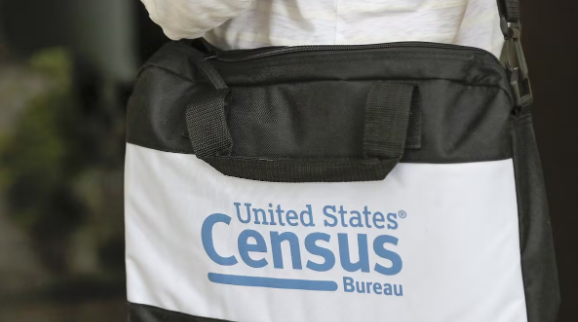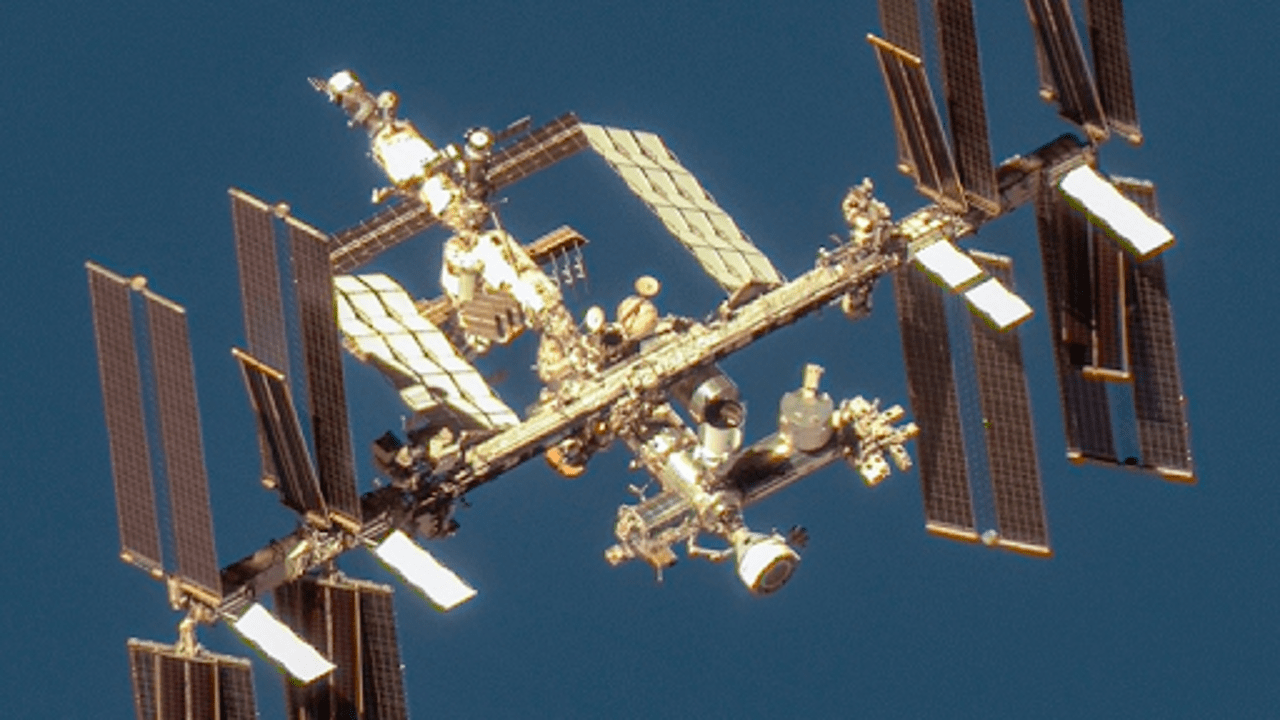
This satellite image from Maxar Technologies shows the International Space Station from above. (Image ©2024 Maxar Technologies via AP)
Two experienced astronauts, Suni Williams, and Butch Wilmore, will extend their stay on the International Space Station (ISS) as ground teams work to understand issues with the Boeing-built spacecraft, Starliner, that brought them to orbit. Initially planned for a weeklong visit after their arrival on June 6, they will now stay until at least June 26, a delay from earlier return dates of June 18 and June 22.
Since launching on June 5, the astronauts have faced several challenges with the Starliner, including malfunctioning thrusters and helium leaks. The issues are related to the spacecraft's service module, which will be discarded before reentry, making it crucial to gather data while the module is still in space. Steve Stich, NASA's Commercial Crew Program manager, emphasized that the mission's success is not at risk and they are focused on resolving the technical problems while the spacecraft is docked at the ISS.
The Starliner’s first crewed flight follows years of development delays and issues revealed in uncrewed test missions in 2019 and 2022. Despite attempts to fix these problems, some, like the thruster issues, have persisted. Officials believe overheating during the thrusters' rapid firing could be the cause, and the helium leaks might be related to these thruster problems.
Boeing and NASA engineers are analyzing flight data to understand and resolve these issues. Out of 28 reaction control thrusters on the service module and 12 on the Starliner, five service module thrusters failed during the flight, with all but one recovered. The safety of the mission is continuously assessed based on the functionality of these thrusters.
If the current timeline holds, Williams and Wilmore will leave the ISS on June 25, with a landing planned for early June 26. Another departure opportunity is available on July 2, with subsequent changes every four days. Stich reiterated the importance of taking the necessary time to ensure the vehicle's safety for the crew's return.



